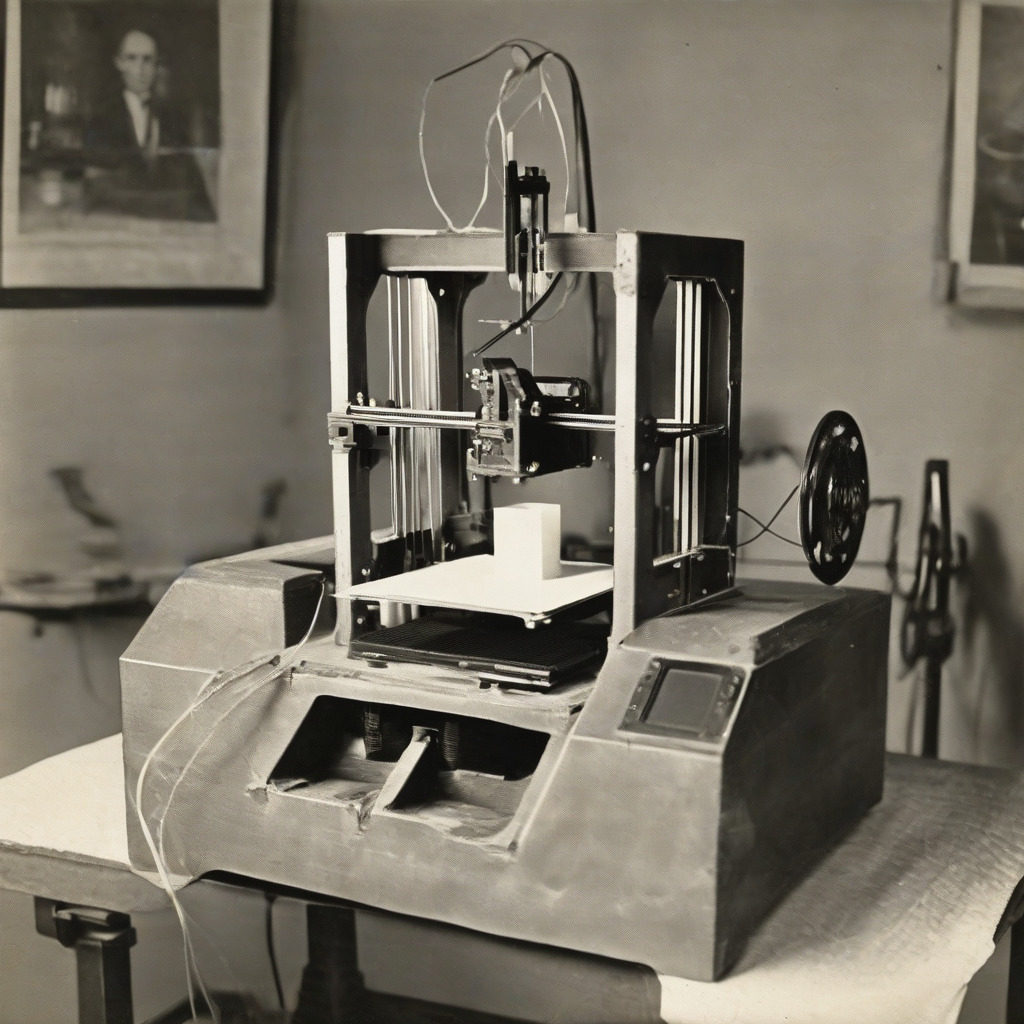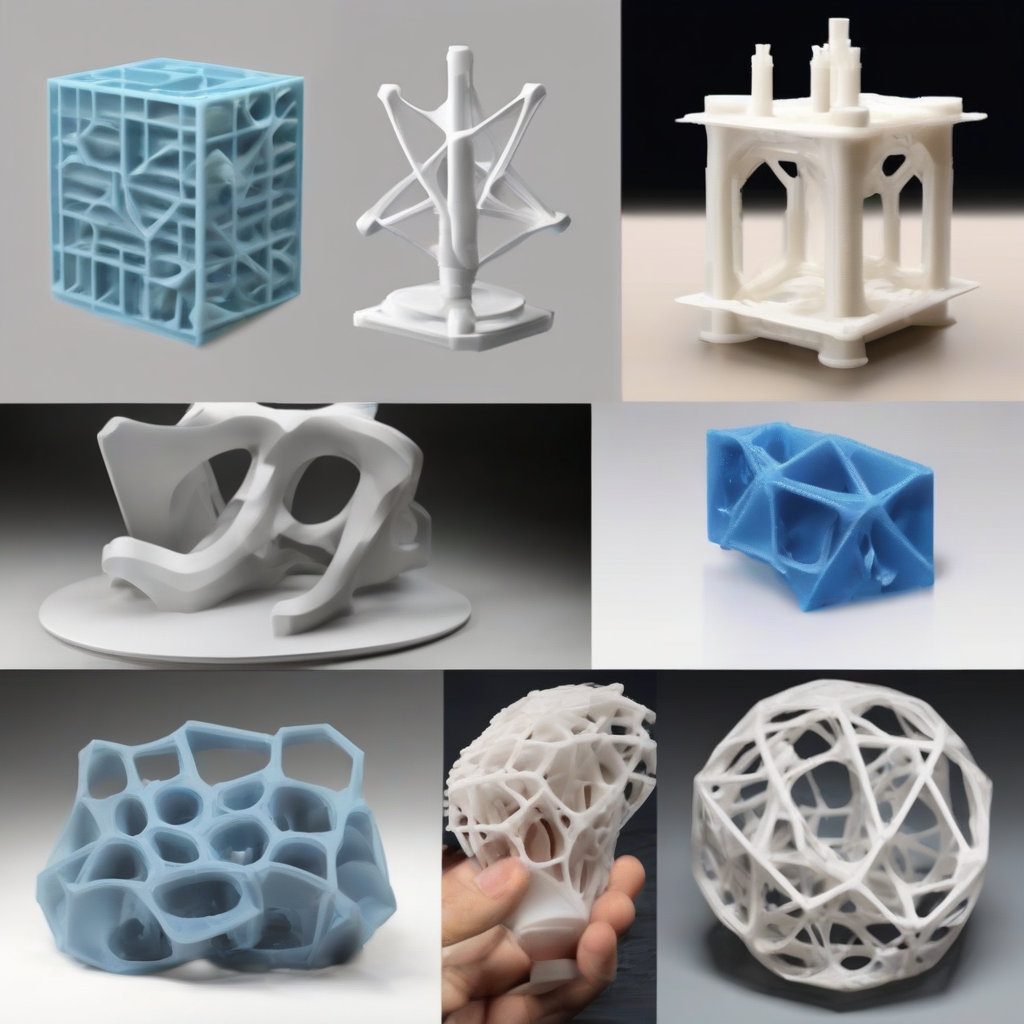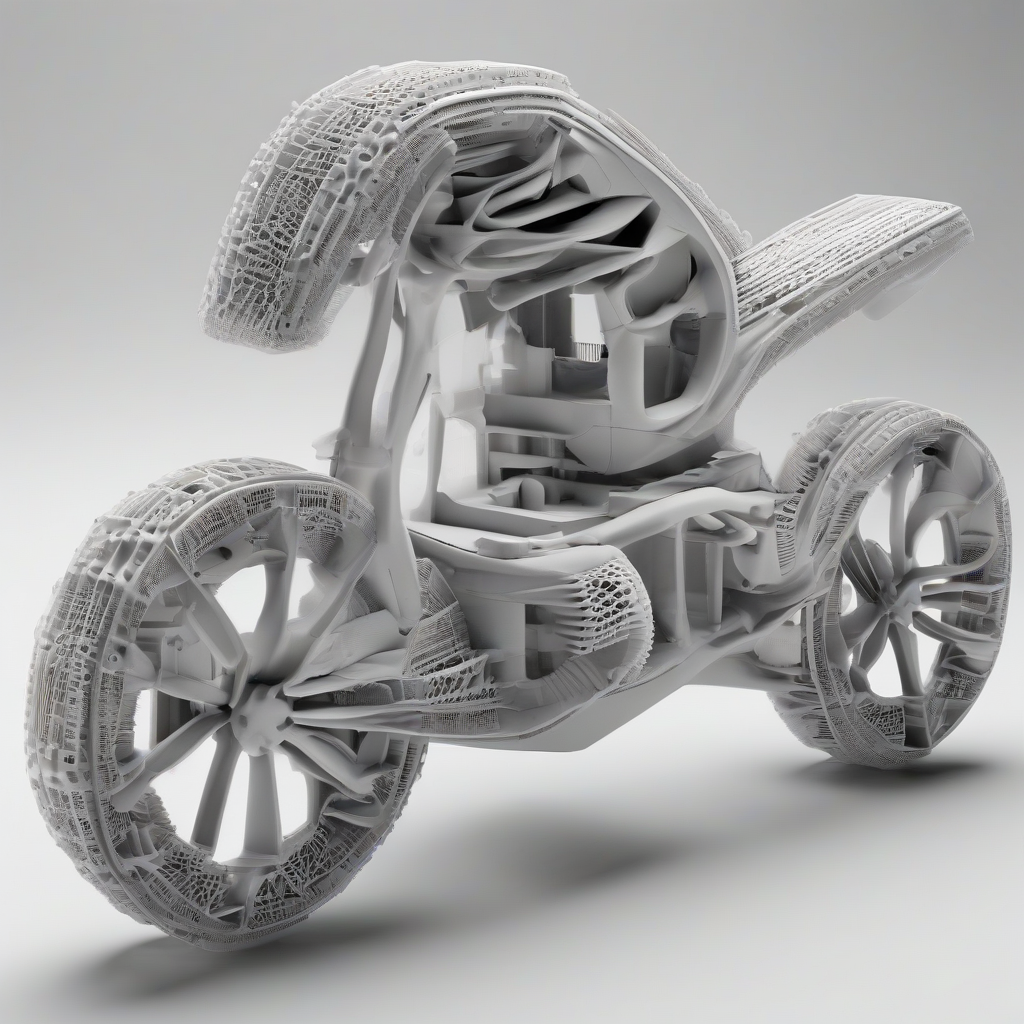3D Printing: A Revolution in Design and Manufacturing
3D printing, also known as additive manufacturing, has rapidly evolved from a niche technology to a transformative force across numerous industries. Its ability to create three-dimensional objects from digital designs has revolutionized prototyping, production, and even artistic expression. This technology offers unparalleled design freedom, enabling the creation of complex geometries and intricate details that were previously impossible using traditional subtractive manufacturing methods. This post will delve into the fascinating world of 3D printing, exploring its history, various techniques, applications, and future potential.
A Brief History of 3D Printing
The conceptual foundations of 3D printing can be traced back to the late 1970s and early 1980s. Hideo Kodama, a Japanese engineer, proposed the concept of stereolithography (SLA) in 1980, patenting a method for building three-dimensional objects layer by layer using photopolymerization. However, it was Chuck Hull who is widely credited with inventing the first commercially viable 3D printing technology, also known as stereolithography, in 1983. He founded 3D Systems, which remains a major player in the industry today.

The early years of 3D printing saw slow adoption due to the high cost of equipment and limited material choices. However, technological advancements and the decreasing cost of hardware led to a surge in popularity and accessibility during the 2000s. The advent of fused deposition modeling (FDM) technology, which uses a heated nozzle to extrude molten plastic, made 3D printing significantly more affordable and accessible to hobbyists and small businesses. The open-source nature of some FDM printers further accelerated the technology's growth, fostering innovation and collaboration within the 3D printing community.
Common 3D Printing Techniques
Several 3D printing techniques exist, each with its own strengths and limitations. The most prevalent include:
Fused Deposition Modeling (FDM): As mentioned earlier, FDM uses a heated nozzle to extrude molten thermoplastic filament layer by layer, creating the 3D object. It is relatively inexpensive, easy to use, and versatile in terms of materials, making it popular for prototyping and hobbyist applications.
Stereolithography (SLA): SLA uses a UV laser to cure liquid photopolymer resin, solidifying it layer by layer. This technique produces highly accurate and detailed parts with smooth surfaces, but it is generally more expensive than FDM and requires post-processing to remove support structures.
Selective Laser Sintering (SLS): SLS uses a high-powered laser to selectively fuse powdered materials, such as plastics or metals, creating a solid object. This process is well-suited for creating strong and durable parts, but it can be slower and more expensive than other methods.
Selective Laser Melting (SLM): SLM is similar to SLS, but it uses a laser to melt metal powders, creating highly dense and strong metal parts. It's commonly used in aerospace, medical, and automotive applications.
Digital Light Processing (DLP): DLP utilizes a projector to cure a layer of photopolymer resin simultaneously, resulting in faster printing speeds compared to SLA. This method offers high resolution and detail, making it suitable for intricate designs.

Each technique has its own advantages and disadvantages, and the choice of method depends heavily on the specific application, desired material properties, budget, and required level of detail.
Applications of 3D Printing
The versatility of 3D printing has led to its widespread adoption across a broad spectrum of industries and applications:
Prototyping: 3D printing significantly accelerates the prototyping process, allowing designers to quickly iterate on designs and test different concepts. This reduces development time and costs, leading to faster product launches.
Manufacturing: From small-batch production to customized products, 3D printing enables the efficient creation of complex parts that would be difficult or impossible to manufacture using traditional methods. This is particularly beneficial for producing personalized items, such as prosthetics or dental implants.
Healthcare: 3D printing has revolutionized healthcare, enabling the creation of custom surgical guides, prosthetics, and anatomical models for medical training and planning. Bioprinting, a specialized field, is exploring the use of 3D printing to create tissues and organs.
Aerospace: The aerospace industry leverages 3D printing to create lightweight and high-strength parts for aircraft and spacecraft, improving fuel efficiency and performance.
Automotive: 3D printing is used in the automotive industry to produce customized parts, tools, and jigs, optimizing manufacturing processes and reducing lead times.
Art and Design: 3D printing has opened up new creative avenues for artists and designers, enabling the creation of intricate and complex sculptures, jewelry, and other artistic works.
The Future of 3D Printing
The future of 3D printing looks incredibly promising. Ongoing advancements in materials science are expanding the range of printable materials, including high-performance polymers, biocompatible materials, and even food. The development of faster, more efficient printing techniques and the integration of artificial intelligence are further enhancing the capabilities of 3D printing. The increasing accessibility of 3D printing technology is also empowering individuals and small businesses, fostering innovation and entrepreneurship. Furthermore, the convergence of 3D printing with other technologies, such as robotics and the Internet of Things (IoT), will unlock even more possibilities.

We can anticipate continued growth in the adoption of 3D printing across various industries, leading to significant advancements in manufacturing, design, healthcare, and many other fields. The technology's potential to revolutionize how we design, manufacture, and interact with the physical world is truly vast. As the technology matures and becomes even more accessible, its impact on society will only continue to grow, shaping the future in ways we are only beginning to imagine.